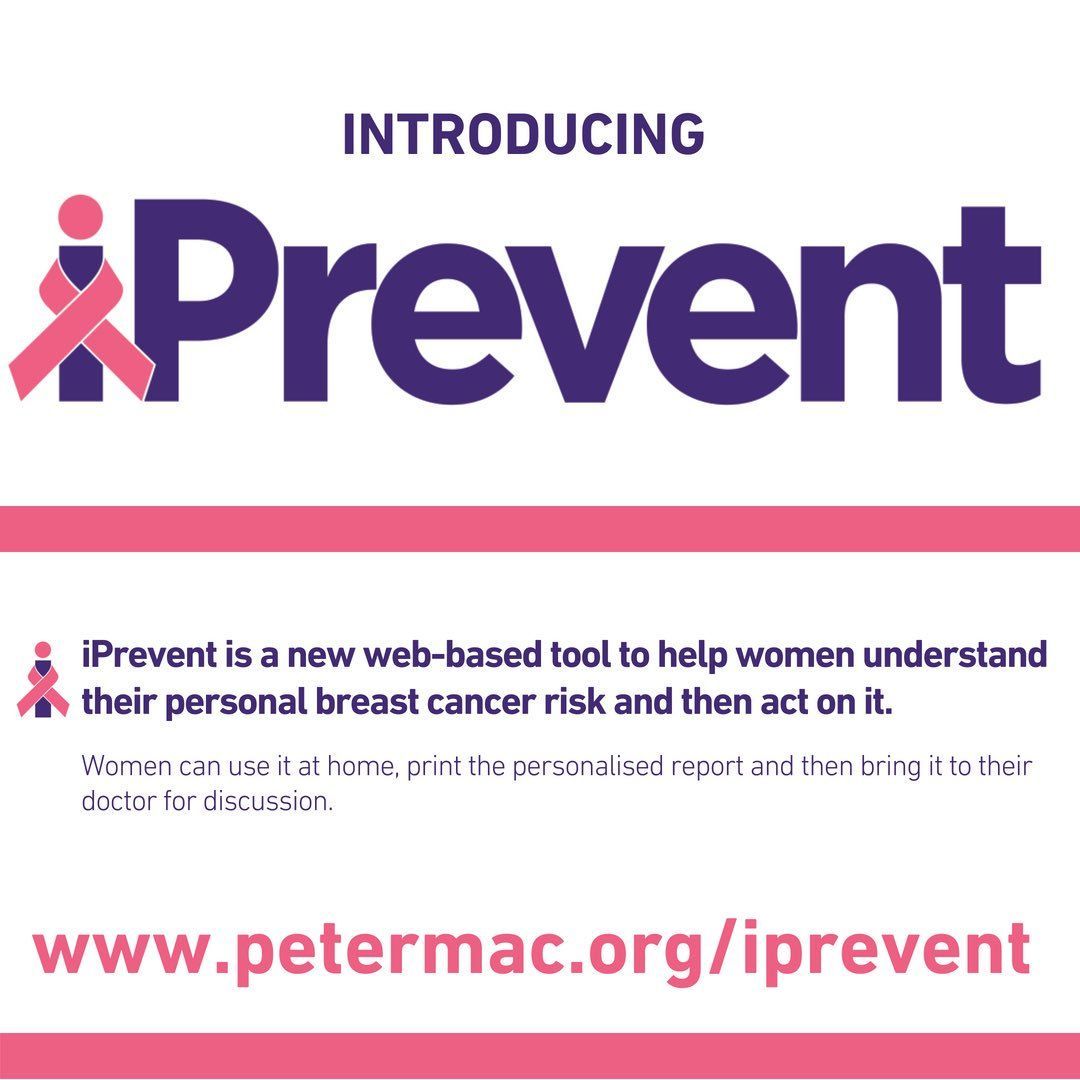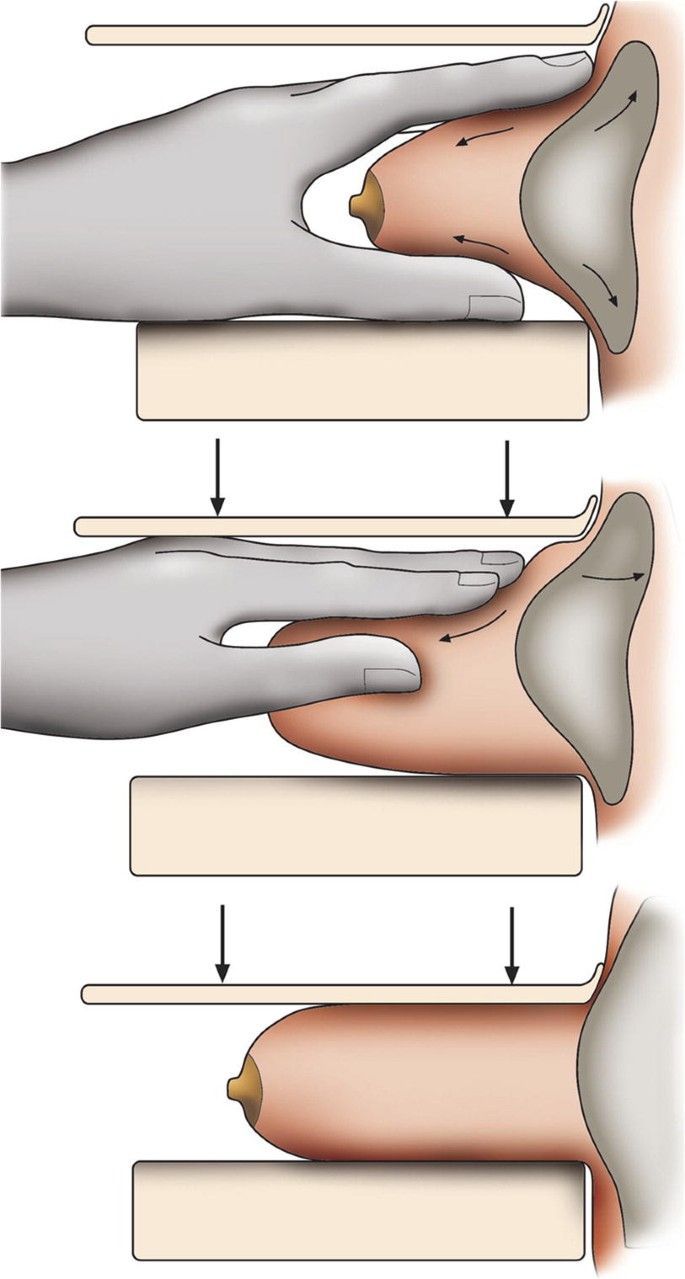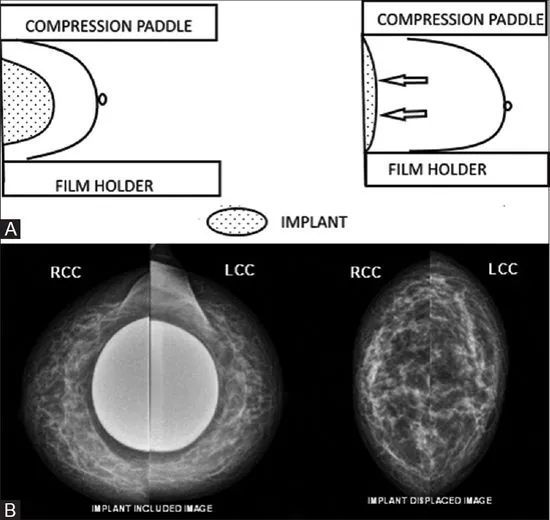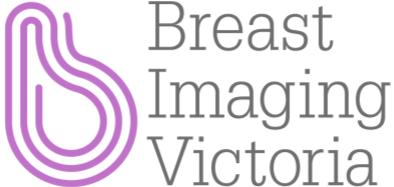🔎 Why is ultrasound so important for women with breast implants?
While mammograms remain a crucial part of breast screening, ultrasound is the workhorse when it comes to monitoring implant health and detecting complications.
At Breast Imaging Victoria, we routinely use high-resolution ultrasound in combination with mammography to give a clearer, more complete picture.
Here’s what ultrasound can help with:
✅ Silent implant ruptures
It can detect small tears or leaks -even if you don’t have symptoms. For example you can get ruptures within your implant shell (intracapsular ruptures) which might not be physical noticeable but can be seen under ultrasound. A common sign is the stepladder sign as seen in the image posted.
✅ Capsular contracture
Ultrasound helps measure the thickness of scar tissue forming around your implant, indicating how severe the contracture may be.
✅ Implant positioning issues
We can identify signs of bottoming out, rotation, displacement or herniation.
✅ Peri-implant complications
From fluid (seroma), blood (hematoma), or infection (abscess), ultrasound helps us catch issues early -before symptoms worsen.
✅ Cancer screening
In augmented or dense breasts, ultrasound is often more accurate in detecting small breast masses or suspicious lesions.
✅ Avoiding unnecessary MRIs
Ultrasound provides a cost-effective, radiation-free alternative for ongoing implant surveillance in many cases.
✅ Procedure guidance
Ultrasound also allows precise needle guidance if a biopsy or aspiration is needed near the implant.
✨ At BIV, we tailor imaging to each patient. For women with implants and remaining breast tissue, we usually recommend both mammogram + ultrasound (unless your referral says otherwise). If you’ve had reconstruction post-mastectomy, ultrasound alone is usually appropriate.
📣 Have breast implants? Talk to your GP about getting referred to a specialist breast imaging clinic. Early detection applies to everyone - and we’re here to help you stay one step ahead.




